Ideas for Making a Homemade Rabbit Cage
Rabbit cages can be expensive, and most rabbits need a lot more space than the average store-bought cage provides, especially if it is not a dwarf or mini breed. Many rabbit owners transform small bedrooms or large closets into rabbit-proofed rooms for their bunnies to run around in but this isn't possible for everyone. Making a cage for your rabbit is a great way to save some money and ensure it is perfect for your specific rabbit and your space.
Cage Sizes for Rabbits
Rabbits need a secure yet large enclosure to sleep, eat, and spend their time in when they can't be supervised. These enclosures are not a replacement for an exercise space but are instead meant to be used at night and when you aren't at home with your rabbit. According to the American Rabbit Breeders Association and Michigan State University, the following table should be used to help determine the minimum floor space of your homemade rabbit cage.
| Cage Sizes | |
|---|---|
| Weight of Rabbit | Minimum Cage Floor Space |
| Less than 4.4 lbs | 1.5 sq. ft. |
| 4.4-8.8 lbs | 3 sq. ft. |
| 8.8-11.9 lbs | 4 sq. ft. |
| Greater than 11.9 lbs | 5 sq. ft. |
Materials for Rabbit Cages
All the materials that you use to build a rabbit cage need to be safe for use around a rabbit. Rabbits may chew on materials, especially if you don't provide them with enough chew toys, so you don't want to use treated or painted wood on surfaces that your rabbit could potentially nibble on. This can include lumber, plywood, wood composite panels, plexiglass or acrylic sheets, screen, and chicken wire. Many other materials from your local home improvement store are good options if you plan to build an outdoor hutch otherwise plastic storage bins, exercise pen panels, and other creative items may also be used.
Safety Concerns
Aside from ensuring the materials you use to build the cage are not going to be toxic to your rabbit if it chews it, you'll want to make sure any openings in the cage are not big enough for your rabbit to escape or get stuck in. Cage floors can have a flat bottom or a wire bottom for feces to drop through, but if you opt for a wire bottom, make sure the holes aren't too small. If so, a rabbit's foot or leg could get stuck; attempt to provide padding in areas of the enclosure to avoid hock sores developing. Lids and doors should be secure, and there shouldn't be any protruding screws, nails, wire pieces, or sharp edges that could poke or cut your rabbit.
Types of Homemade Cages
There are a few main types of homemade rabbit cages: hutches, x-pens, revised dog crates, and containers. One type may work better in your home and for your specific rabbit than another.
Hutches
While usually used for outdoor rabbits, hutches are wooden cages that have at least two sections for your rabbit to use as a retreat. The largest part of the hutch is usually a wooden frame covered in chicken wire and is open to the elements while the second, smaller part of the hutch is an enclosed sleeping area meant to protect your rabbit from the wind, rain, hot sun, and other unwanted weather. These are not often used indoors since most of the designs involve allowing the feces to drop through the bottom onto the ground but some designs are made for indoor use. Indoor hutches are built from scratch but can be completely custom.
X-Pens
If you don't have other pets that could pose a danger to your rabbit, a homemade cage made of exercise panels—commonly referred to as an x-pen—can be used. Small square panels designed to connect together can be purchased and a shallow kiddie pool, puppy pee pads, a tarp, or another surface to help keep your floor clean can be used as the base of the "cage." This option does not have a lid, though, so it is not ideal for households with small children, dogs, or cats who could cause harm to your rabbit.
Dog Crates
If you like the idea of an x-pen but want a lid on your cage, a large dog crate can be used to house your bunny. These crates come with a removable tray for easy cleaning and to keep your floors clean and some even have more than one door. This option is not good for small rabbits because of the cage bar spacing on some larger dog crates.
Containers
Large storage containers are another easy option for a homemade rabbit cage. The downside to this option is that there is no door, and if you want to put a lid on the container, you'll have to cut out a lot of holes to provide adequate ventilation. Some people opt to cut an entry door out of the side of the container. This way, their rabbit can go in and out of it as they please and then place this container inside an exercise pen.
RECOMMENDED NEWS

How to Care for a Pet Fiddler Crab
The term fiddler crab refers to around 100 species and subspecies of crabs from the genus Uca. They...
Read More →
Serval Cat: Breed Profile, Characteristics & Care
The serval cat is a long-legged, spotted feline native to sub-Saharan Africa. They are wild predato...
Read More →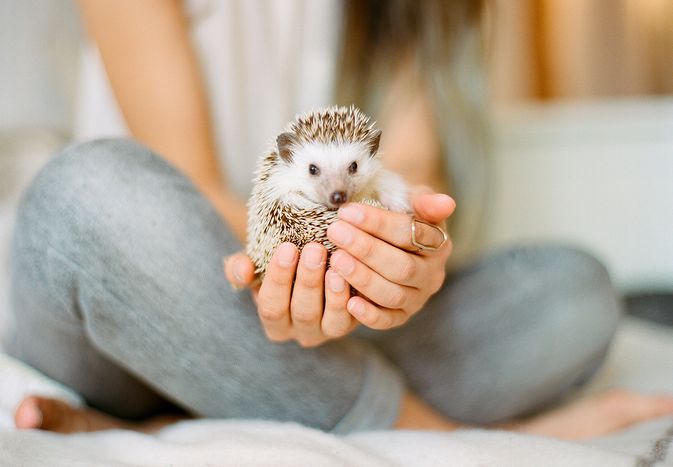
What Is an Exotic Pet?
What is considered to be an exotic pet depends on context, but it is largely agreed upon that anyth...
Read More →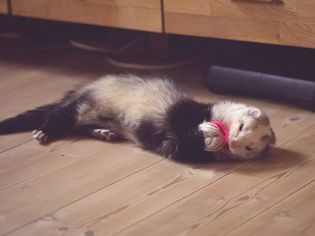
What Do Ferrets Like to Play With
Ferrets love to play so providing them with safe toys is a must but what are their favorite types o...
Read More →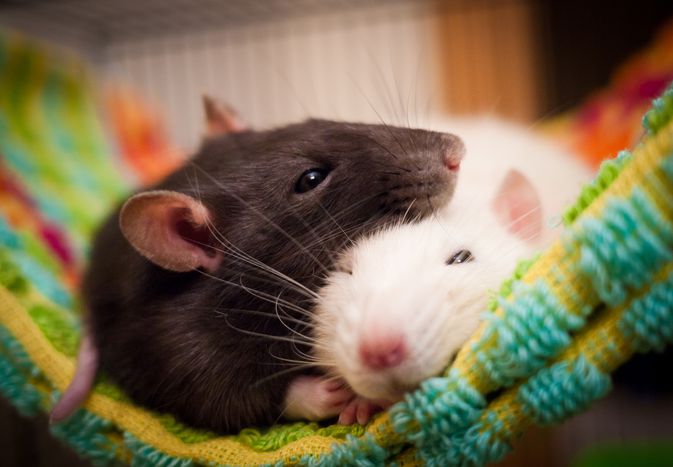
A Guide to Keeping and Caring for Pet Rats
Rats have a reputation for being pests or vermin, but they are intelligent and social animals, and ...
Read More →
The Pros and Cons of Feeding Your Hedgehog Cat Food
Since the dawn of time (okay, not that long, but since hedgehogs became popular as pets) hedgehog o...
Read More →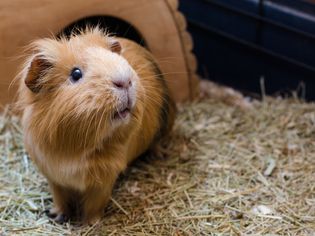
Guinea Pig Bladder Stones
Guinea pigs are prone to several health problems, and getting bladder stones are one of them. Guine...
Read More →
What to Do If Your Hamster Is Biting Its Cage
Hamsters, like other rodents, love to gnaw on things—and cage bars are no exception. Chewing is a...
Read More →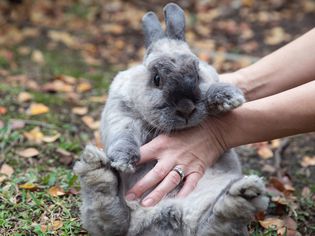
How Much Does a Pet Rabbit Cost to Care For?
So you are thinking about getting a pet rabbit for yourself or your child but you want to know how ...
Read More →
Comments on "Ideas for Making a Homemade Rabbit Cage" :